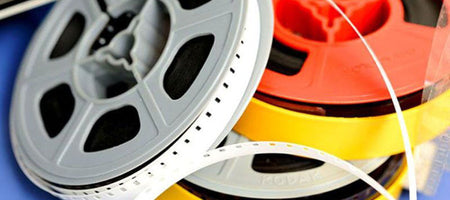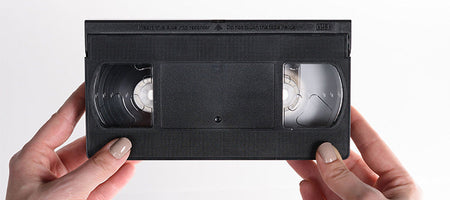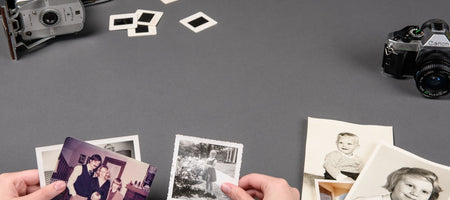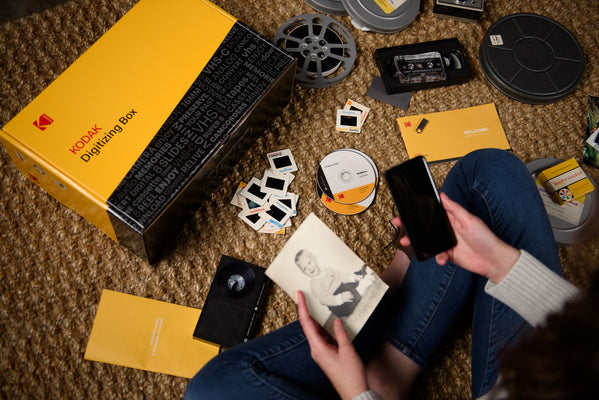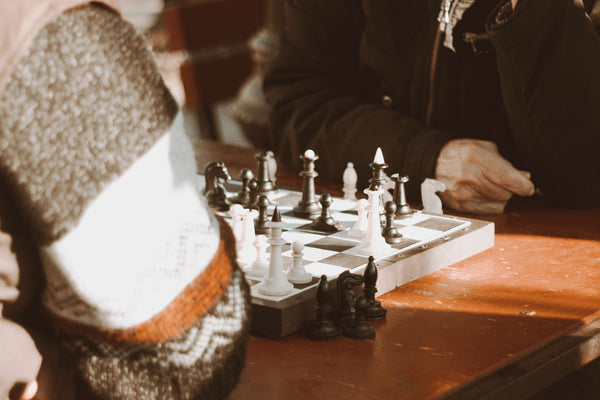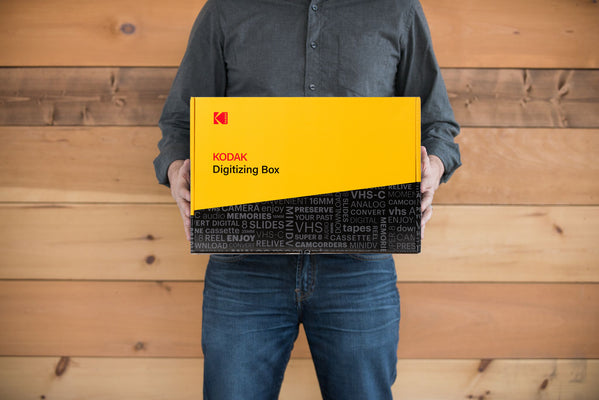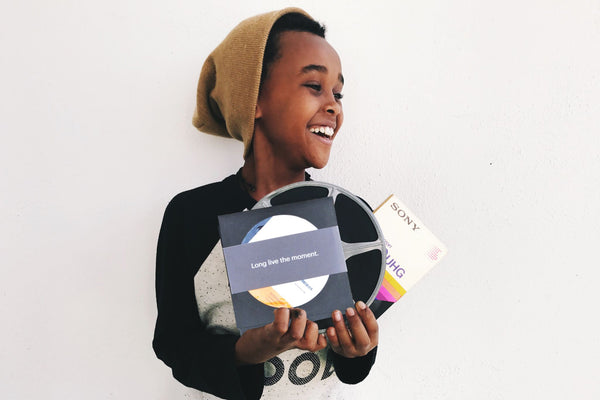It’s important to archive old photos and film digitally because the original copies might get damaged. You might have them preserved and tucked away in a photo album but this still isn’t safe from an unexpected fire, flood, or robbery. Consider staying on the safe side and having your memories backed up on a computer or hard drive.
Don’t forget, digital photos are easier to share too! Now your family and friends can have the same keepsake photos for their own use.
Using KODAK to digitize your photos and negatives is fast and simple. You won’t have to go through the hassle of using a home scanner, and we can assure a better quality product.
But let’s cut to the chase, because there obviously must be some pros and cons between choosing photos or negatives for digitization. Below we break down the benefits to both if you’re lucky enough to choose one or the other.
What’s So Positive About Negatives?
The negative is the original copy of a print photo. Whenever you have access to the rawest version of photo or film, it will always produce the best quality replica.
If you have the negatives of your old photos, we suggest digitizing this format. Negatives offer better color reproduction and tonal range, which in effect gives the final digital photo more detail than an old print version. For example, the detail of a far away object in a photograph will look significantly sharper in a negative compared to a print.
Consider the Cropping
Another interesting phenomenon to expect from the print vs negative debate is the wider angle on negatives. On top of image superiority, negatives also show more of the photo, whereas print versions crop the right and left side of a photo. It’s fun to see the side-by-side comparison if you happen to have both the negative and print remaining of a photograph. Who knows, after digitizing your negative you might discover something along the border of a picture that you had been missing for years!
Color Adjustments Can Vary
The negative copy of a photo has more details in the shadows and highlights, but the color will look different compared to the print version. This is when digitizing an old print might sway your opinion over choosing a negative. If you’re already familiar with the print format of a photo, you might be unpleasantly surprised by the change in color if you digitized the negative version instead.
If you have Photoshop of Lightroom, you can easily alter the color and exposure adjustments. But for the sake of archiving photos, print digitization will be more recognizable.
Printed Photographs Have More Texture
Once something is printed on paper, you run the risk of the copy getting crumpled or bent. The outcome on a digital version can look wavy or textured like parchment paper. Such details are very subtle, and might not matter to you if you’re only digitizing photos for the sake of safeguarding memories. In addition, some people like this “old school” look that gives old photos a historical appearance!
What if I Don’t Have Access to Negatives?
Unless you’re a film or photography guru, there is a good chance you have thrown away or misplaced your negatives. Not to worry! That’s why Kodak offers the digitizing of old photos too. We promise to provide the highest quality digital version no matter what format you provide.
Our team of professional technicians is well-versed in converting all forms of media so you can store and share your precious keepsakes for years to come.

